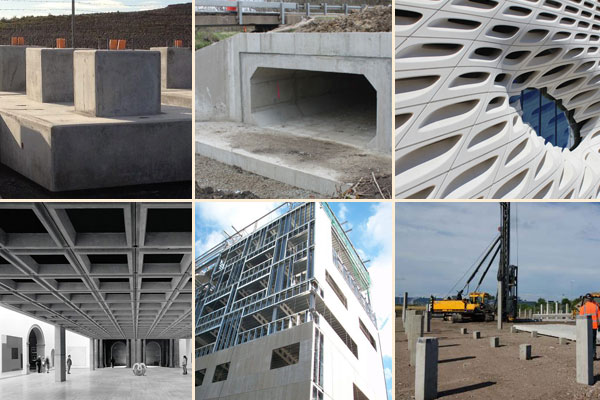The precision metal stamping manufacturing process produces specific metallic shapes from flat metal sheets through several techniques. These techniques include blanking, punching, bending, piercing, etc., through machines fitted with dies.
This process can generate parts with higher accuracy and quantity, which is unprecedented with stamping methods. More importantly, Precision metal stamping can be executed as a single-stage operation or in a series of stages.
Types of Metal Stamping
Below we discuss the five best types of custom precision metal stamping.
Progressive Die Stamping:
Progressive die stamping creates high-volume precision parts for many industries using dies from a progressive die company. Progressive dies are made from tool steel which can support high shock loading and maintain the precision cutting edge.
It is ideal for producing metal parts with complex structures in a shorter time and at a lower cost.
In this type of metal stamping, the strip metal passes through a progressive stamping press fitted with progressive die. Each station in the die performs a different cut, bend, or punch. In this setup, each successive station adds to the completed work of the previous stations. This happens in progression, thus making the finished part.
Fourslide or Multi-Slide Stamping:
Four slide stamping consists of four different slides aligned horizontally. Thus, four tools per slide will create a given metal stamp simultaneously. The moving slides have attached tools that strike the workpiece together or in sequence. As the metal sheet passes through the four-slide, each shaft associated with the tool bends it in quick succession.
This process is suitable for creating complex parts, such as brackets, clips, flat springs, wires, etc. All these parts need complex bends and detailed cutting. It offers flexibility to change designs. In multi-slide stamping, the multi-slide machine has more than four slides. The greatest benefit of this technique is its ability to complete all of the operations from start to finish. Also, since it works using four axes, so it can handle parts that progressive dies cannot.
Fine Blanking:
The fine blanking technique is used in the custom precision stamping manufacturing industry to manufacture parts that require exceptional flatness and extremely smooth, precise edges. It is also known as the fine edge blanking technique as the parts generated have enhanced accuracy than parts generated from traditional stamping.
It combines metal stamping and cold metal extrusion techniques that need special presses. In fine blanking, the blank holder securely holds the metal strip. This forces the sheet to stay completely flat, and the part can be cut with precision. This technique is optimal for moving parts such as gears. It offers a new level of flexibility and productivity for developing high precision and reliable parts for mass production.
Deep Draw Stamping:
The deep draw is a highly specialized metal stamping process. It requires well-equipped press equipment from a progressive die company and engineering expertise. In this process, a blank sheet of metal is pulled into the die via a punch to manufacture a shape. The main benefit of this technique is that such components are created in one piece. This reduces the need for assembling components, leading to seamless construction,
Here, the depth of the drawn part is more than its diameter. This stamping type is ideal for creating parts that need several series of diameters, like automobile and aircraft components, utensils, and electronic components.
Short Run Stamping:
Short-run metal stamping is used to manufacture small quantities of punched metal parts or prototypes. A short run here means a production run with less than 5,000 parts production.
In this technique, a combination of die inserts and custom components are used to bend, drill, or punch parts. Here, the sheet metal or a blank is placed between a punch and the die. A metal press is then used to form the sheet metal as per the customer specifications.
This type of custom precision metal stamping offers a cost-effective way to produce high-quality, reliable parts with a faster turn-around time. As a result, it has applications across various industries, such as aerospace, automotive, electronics, construction, and home appliances.
Conclusion
The stamping manufacturing process of particularly complex components must meet stringent quality, safety, and performance requirements. It needs a complete commitment to delivering zero defects with a near-perfect production process.
Also Read: https://zoombazi.com/how-to-find-a-specialized-electrician/





